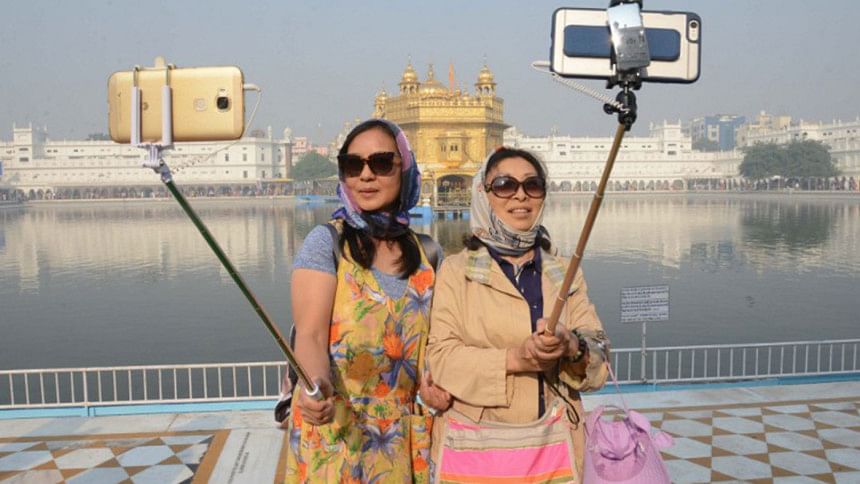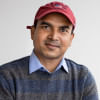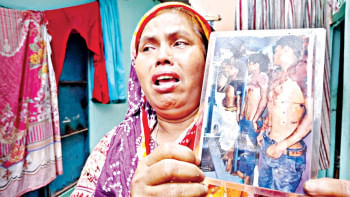The ‘self’ in the selfie

Seventy six people in India died last year while taking selfies, putting the country at the top of the ranking for selfie related deaths, according to a study by Carnegie Mellon University, USA and Indraprastha Institute of Information Technology, India. Pakistan comes a distant second with the number of deaths at nine. The authors of the study blamed people's desire for more "likes" and comments on social media for driving increasingly risky selfie-taking. These unfortunate people were seeking our attention and they died while at it.
READ more: 'Me, Myself and Killfie'
Attention is the name of the game when it comes to social networking. In this age of too much information just a click away, the power to attract viewers amid the sea of things to read and watch is power indeed. Attention is what everybody wants: it's what the movie studios want for their films, it's what writers want for their work, and it's what newspapers want for news. Attention is power.
But why must we need attention all the time? Is the selfie -- the newly omnipresent photos of ourselves, taken with our own little palm-fitting cell phones -- merely a genre of informal self-expression, or is it our messy attempt at a deeper investigation of who we are? Is it the new diary keeping or journal making?
The self-taken photograph used to be a private matter. The images, often out of focus due to the difficulty of taking self-facing photographs without a viewfinder, typically remained on hard drives. But now the informal self-portrait, produced by cheap technology, seems to be an expression of the passing blissful moment -- of being glad to find ourselves where we are and wanting to see how we looked while we were, briefly, pleased with ourselves. The self-portrait, in the hands of a great artist, might be an instrument of complex self-exploration while the instant photo is an instrument only of a brief clarion call of ego -- I am here, and I am happy. Or at least I want to tell the world that.
A selfie is a mug shot we ask ourselves to sit or stand for. It is a non-moment seized and treated as a moment. If the 76 people of India and the 9 in Pakistan stopped to appreciate the view, wherever they were, chances are they would have been alive today.
The writer is a member of the Editorial Team.

 For all latest news, follow The Daily Star's Google News channel.
For all latest news, follow The Daily Star's Google News channel. 




Comments